Introduction: Understanding the Importance of a Woodworking Moisture Meter
A woodworking moisture meter is an indispensable tool for any woodworker aiming to ensure the quality and durability of their projects. Whether you are a seasoned professional or a passionate hobbyist, measuring the moisture content in your wood is essential. This tool unlocks the secrets to preventing wood warping, cracking, and other moisture-related issues that can affect woodwork over time. But what makes a moisture meter so vital, and how can you utilize it effectively to enhance your woodworking projects?
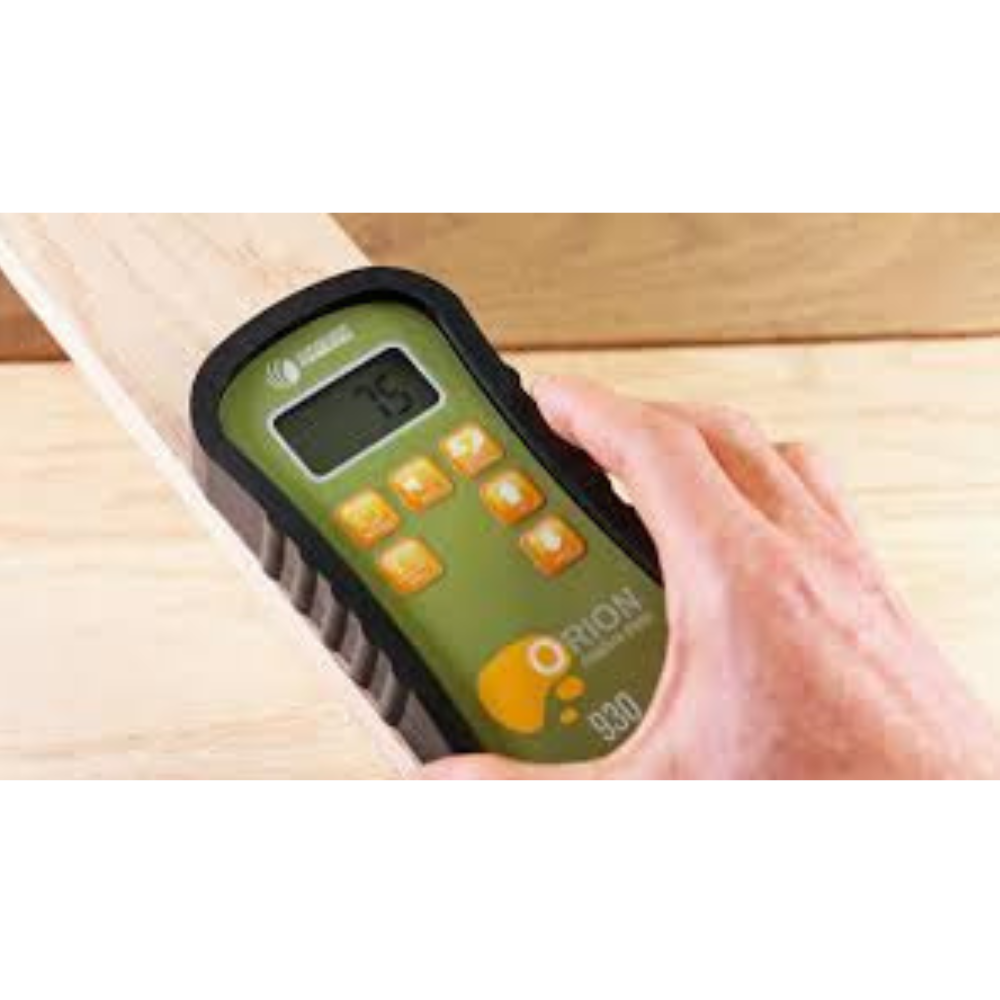
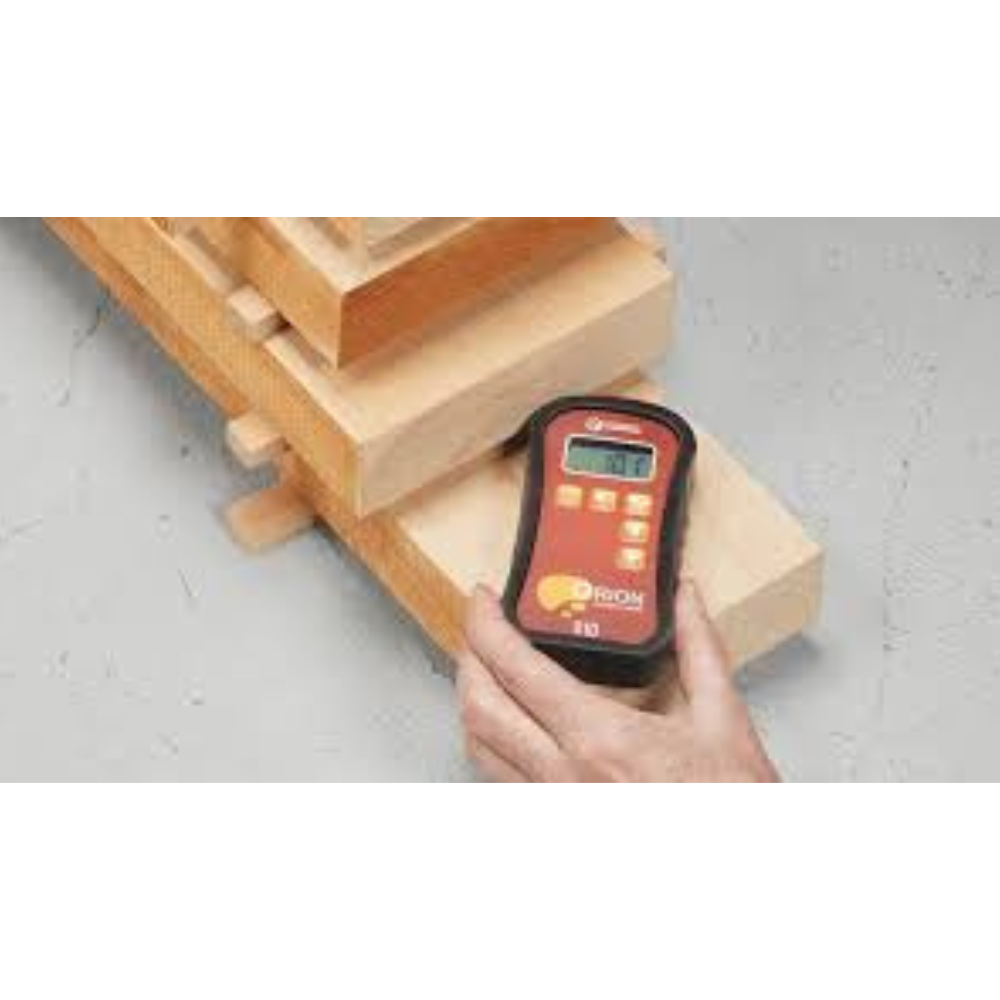
For your “Free” Guide to 13 Wood Joinery Types – Click Here.
What is a Woodworking Moisture Meter?
A woodworking moisture meter is a specialized device that measures the percentage of water content in wood. This crucial measurement helps determine whether the wood is appropriate for its intended purpose. By accurately gauging the moisture level, woodworkers can predict how the wood will react to environmental changes and during the woodworking process, enabling better planning and execution of projects.
The Science Behind Moisture Measurement
How exactly does a moisture meter work? These devices come in two main types: pin-type and pin less. Pin-type meters measure moisture by penetrating the wood fibers with small pins, providing a direct reading of water content at various depths. On the other hand, pinless meters use electromagnetic sensors to scan the surface of the wood without damaging it, offering a broader measurement area. Each type has its specific applications and benefits depending on the project requirements.
Types of Moisture Meters
- Pin-Type Moisture Meters
- Pin less Moisture Meters
- All-in-One Devices Different woodworking projects might necessitate different types of meters. Understanding the advantages and limitations of each type will help you choose the right moisture meter for your woodworking needs.
Choosing the Right Meter for Your Woodworking Projects
When purchasing a woodworking moisture meter, consider factors such as accuracy, ease of use, depth of reading, and whether it is calibrated for the type of wood you commonly use. Some meters are better suited for dense hardwoods, while others are calibrated for softer woods or even building materials like drywall.
How to Use a Woodworking Moisture Meter Effectively
Effective use of a moisture meter isn’t just about taking readings; it involves understanding and interpreting these readings to make informed decisions. For instance, knowing the difference between surface moisture and internal moisture can help you determine the right time and method for treating or using the wood.
Understanding Wood Moisture Content and Equilibrium Moisture Content
The ideal moisture content for woodworking varies based on geographic location and the specific application of the wood. Equilibrium Moisture Content (EMC) is the moisture level at which the wood neither gains nor loses moisture when exposed to the air. A thorough understanding of EMC is crucial for ensuring that wood remains stable throughout its use.
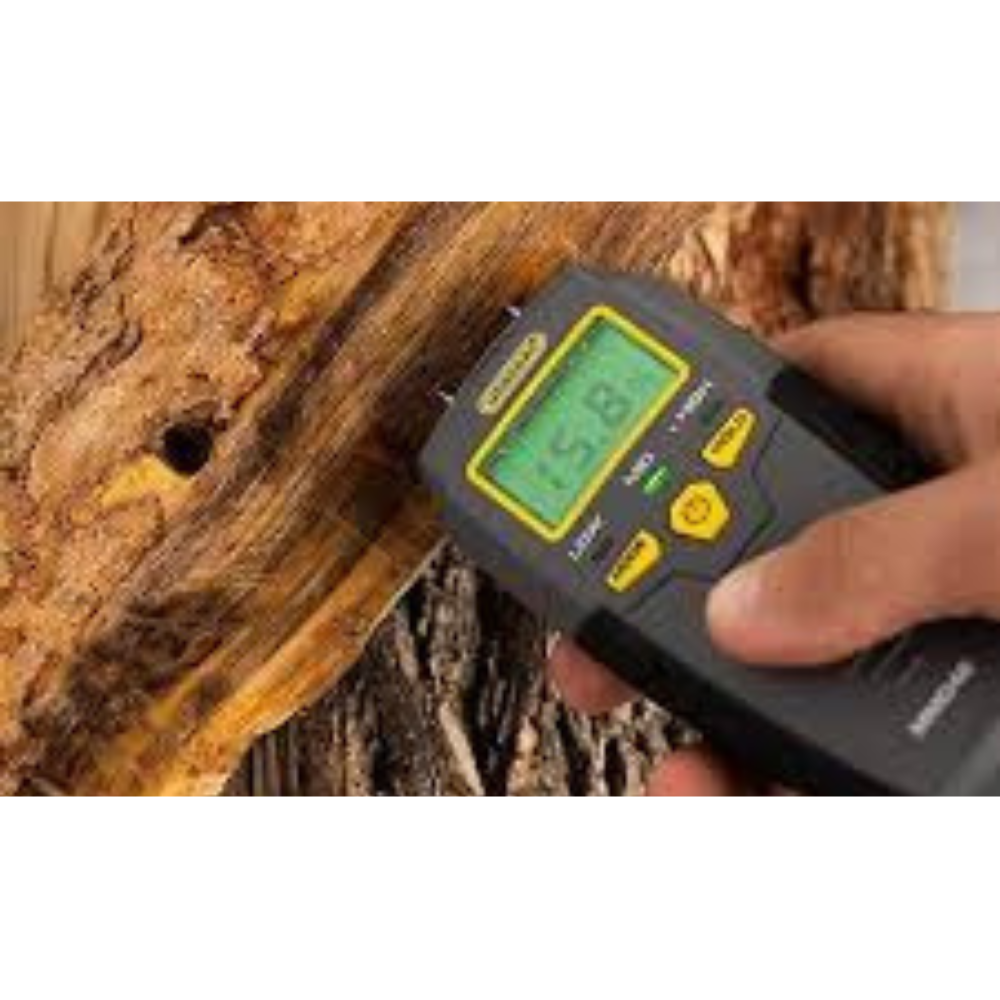
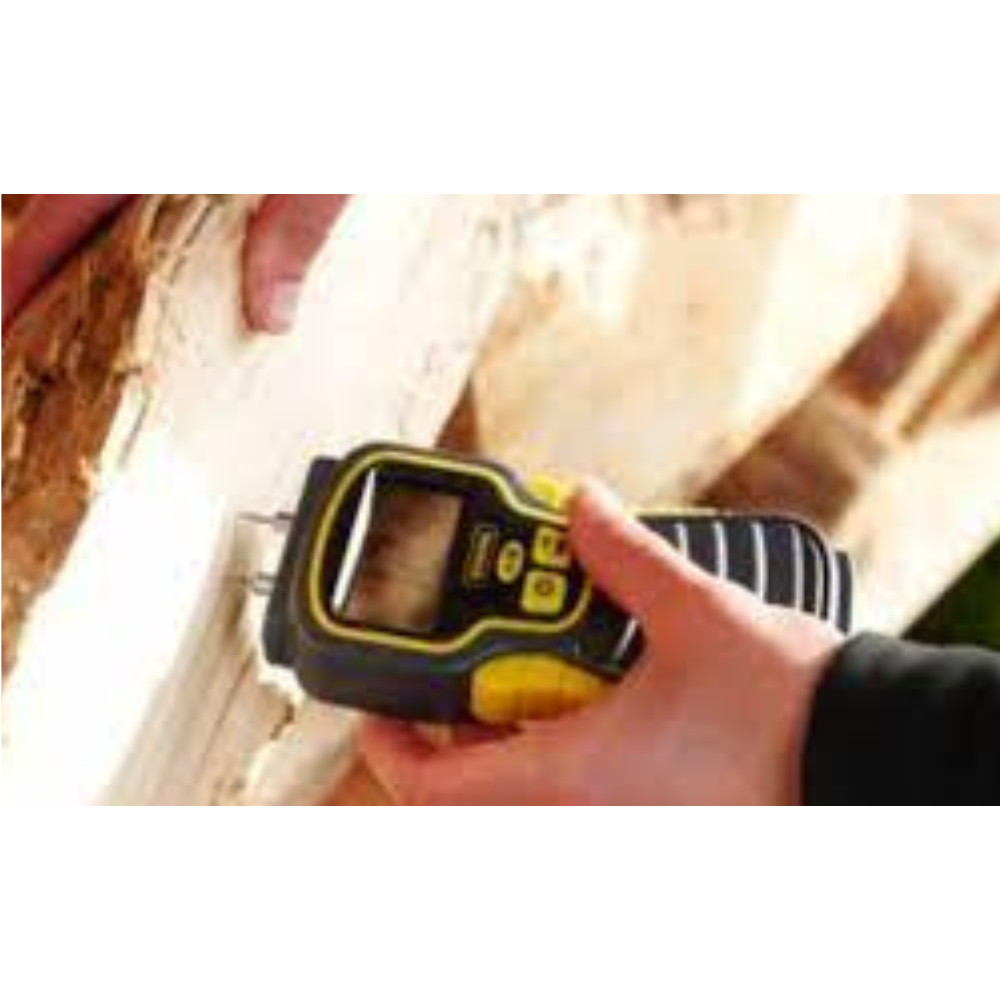
For your “Free” Workspace Plans – Click Here.
Tips for Maintaining Your Woodworking Moisture Meter
Proper maintenance can significantly extend the life and accuracy of your moisture meter. Regular calibration, battery maintenance, and proper storage are all important steps to keep your device in optimal condition.
Troubleshooting Common Issues with Moisture Meters
Your moisture meter isn’t performing as expected, it could be due to a number of factors. This section addresses common problems such as incorrect readings, battery issues, and environmental factors affecting the device, along with practical solutions.
Moisture Meter Limitations and How to Mitigate Them
While moisture meters are incredibly useful, they do have limitations. Understanding these limitations and knowing how to adjust your measurements for factors like temperature, wood density, and surface treatment can help improve the accuracy of your readings.
Advanced Techniques for Using a Woodworking Moisture Meter
For those ready to delve deeper, this section explores advanced techniques such as differential moisture measurement, use in exotic woods, and integrating readings with other data to assess wood health comprehensively.
The Role of a Woodworking Moisture Meter in Quality Control
A moisture meter plays a critical role in quality control, ensuring that each piece of wood used in your projects meets the necessary standards for moisture content. This is essential for high-quality, durable finished products.
Conclusion: Why a Woodworking Moisture Meter is an Investment in Your Craft
Investing in a high-quality woodworking moisture meter is a wise decision for any woodworker. It not only ensures that the wood you work with is in the best possible condition but also safeguards against future problems that could arise from improper moisture content.
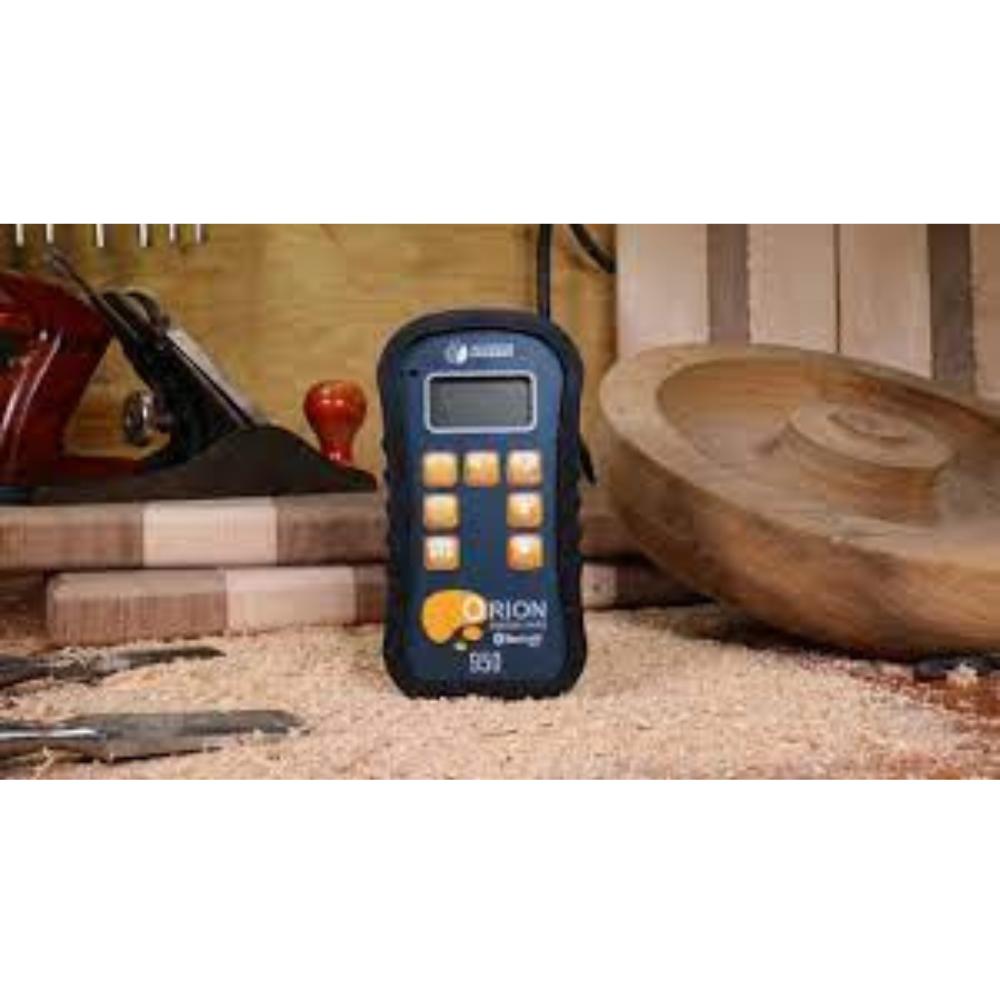
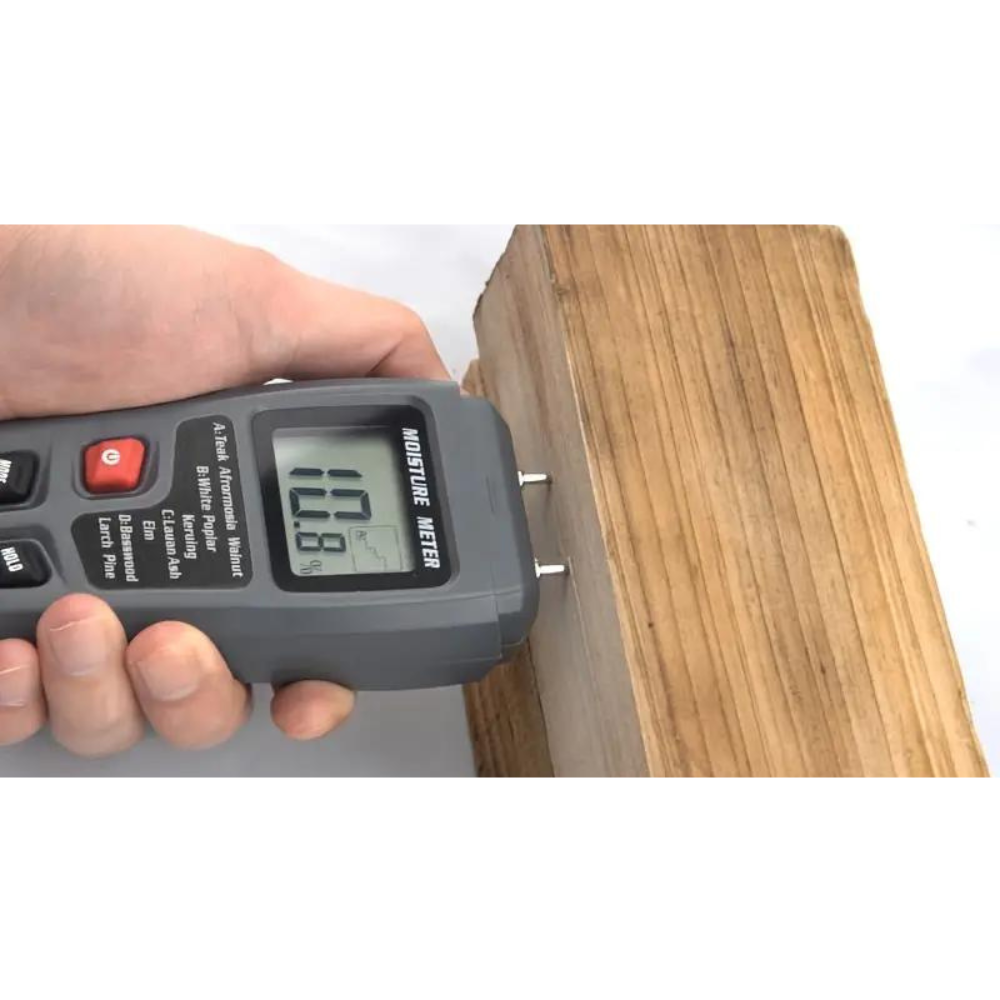
For your “Free” Traditional Bookcase Plan – Click Here.
FAQs About Woodworking Moisture Meters
- What is the best moisture content for woodworking? Ideally, wood used in indoor projects should have a moisture content of 6% to 9%, but this can vary based on specific conditions and wood type.
- How often should I calibrate my moisture meter? Calibration should be performed annually or according to the manufacturer’s recommendations to ensure accuracy.
- Can moisture meters be used on all types of wood? Yes, most moisture meters are versatile but may require adjustments or calibration for different wood species to ensure accuracy.
- What is the difference between pin-type and pinless moisture meters? Pin-type meters provide precise moisture content readings by penetrating the wood, while pinless meters offer a non-destructive way to scan a larger area.
- How do I know if my moisture meter is accurate? Regular calibration, using known moisture content samples for testing, and cross-checking with other meters can help verify the accuracy of your device.
By fully understanding and utilizing a woodworking moisture meter, you can significantly enhance the quality and longevity of your woodworking projects, ensuring that they are both aesthetically pleasing and structurally sound.
